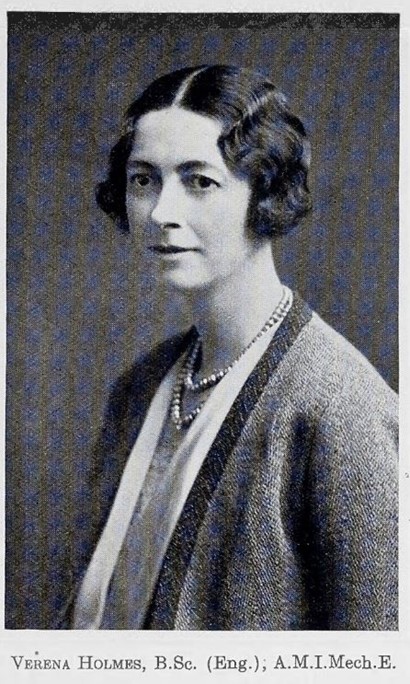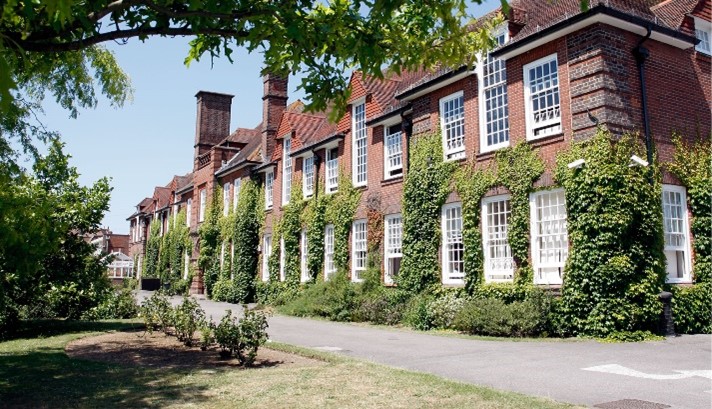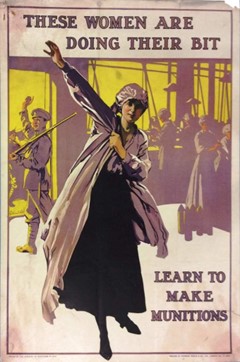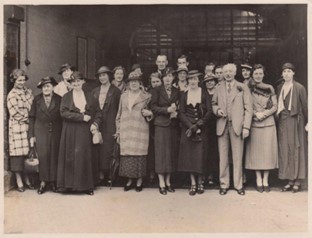Today marks the 133rd birthday of pioneering female engineer and inventor Verena Holmes. She is best known for being the first woman member elected to the Institution for Mechanical Engineers and the Institution of Locomotive Engineers, and alongside her own illustrious career as a mechanical engineer she was an outspoken advocate for women in engineering. To celebrate this special anniversary, we explore Holmes’ remarkable life and some of her greatest achievements.

Holmes was born on 23 June 1889 in Ashford, Kent, to Florence Mary Holmes and Edmond Gore Alexander Holmes. Her father was an educationalist and poet, known for his progressive and child-centred educational theories. Holmes was a curious child who showed an early interest in engineering, often taking her toys apart to see how they worked.

Holmes was educated at Oxford High School for Girls, a private school in the city of Oxford. After finishing school, she began working as a photographer and it wasn’t until the First World War broke out that she had her first opportunity to work in the world of engineering.
When the men of Britain were called up to fight, women were hired to cover their work and fill various jobs that were created to meet wartime demands. Prior to this, women typically worked in the home; for the first time, many women had the opportunity to enter jobs commonly considered “men’s work”, including engineering and industrial work.

It was during this wartime effort that Verena Holmes began what would become a lifelong career in engineering. She started working for the Integral Propellor Company in Hendon building wooden propellors, and took up evening classes at Shoreditch Technical Institute. Her next job was at Ruston and Hornsby in Lincoln, an aero engine manufacturer, as a Lady Superintendent responsible for overseeing 1,500 women employed at the firm. She continued her studies in the evening, at a local technical college. By 1919, after the war had ended, Holmes had managed to secure a position as an apprentice draughtsman in the drawing office, producing technical plans and drawings.
She continued her education, graduating from Loughborough Engineering College with a Bachelor of Science in Engineering in 1922. She specialised in mechanical engineering, particularly relating to marine and locomotive engines, diesel and internal combustion engines. It was around this time that she joined the Women’s Engineering Society (WES), founded in 1919.

In 1924, Holmes became the first woman to be elected to the Institution of Mechanical Engineers, as an associate member. Despite the changing times, it still took another 20 years for her to be admitted as a full member. She was active in a number of societies and institutions, serving as president of the WES from 1931 to 1932.
In 1946, Holmes partnered with a fellow WES member Sheila Leather, to found the engineering firm Holmes and Leather, based in Kent. They employed only women.

Throughout her engineering career, Verena Holmes patented a number of inventions, devised for a variety of applications from medical treatments to steam locomotives. She remained active in engineering societies until the end of her life, passing away in 1964 at the age of 74. Today we celebrate her remarkable achievements, and the impact she has had not only as an accomplished engineer in her own right, but for helping to pave the way for women in engineering for generations to come.
If you’d like to read more about pioneering women in engineering, please see the Women in Engineering Objects & Stories post, part of the Women in Science series.